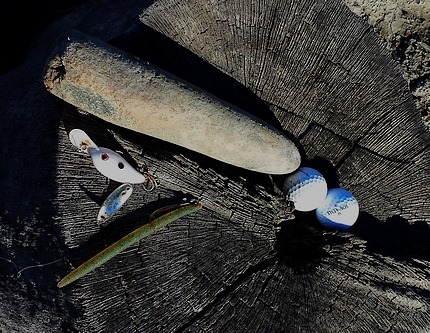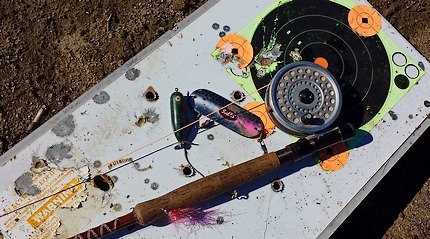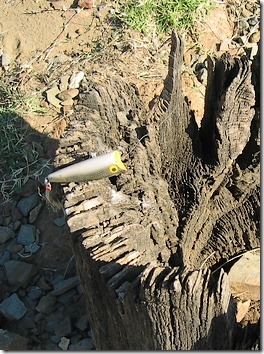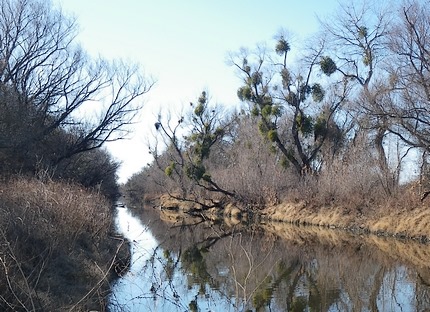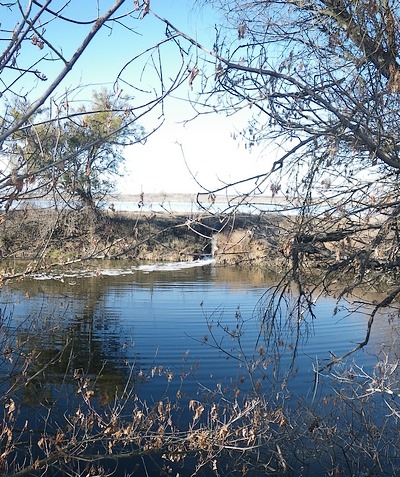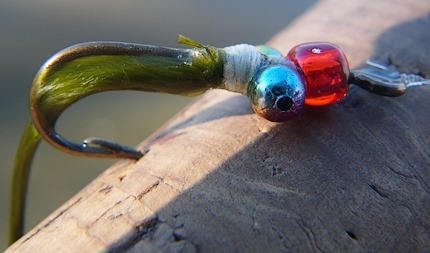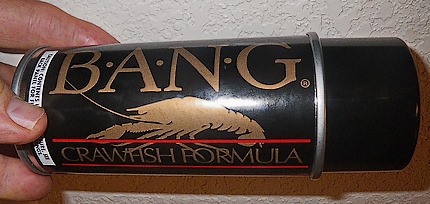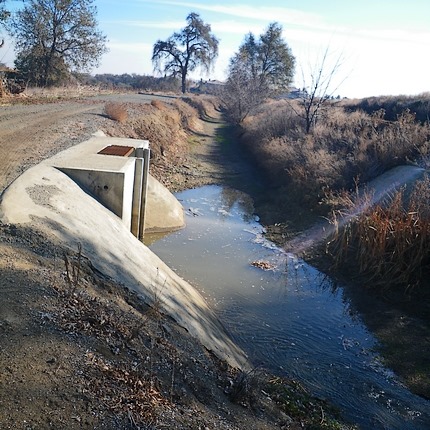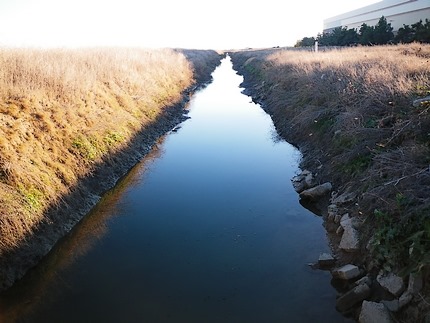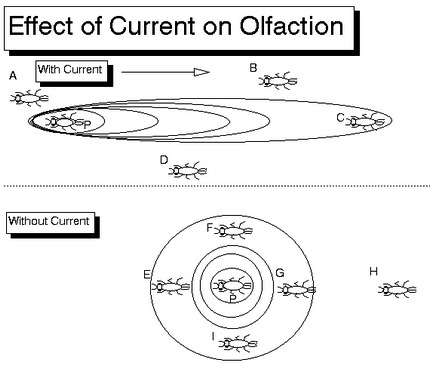 You snorted in indignation when I mentioned it the first time. Abandoning our loser enviro-lobby whose message is not at all effective at stemming Global Warming, and out of touch with youth and their growing Enviro-Apathy, and cough up the last of our bucks so the scientists at KFC can save our sport.
You snorted in indignation when I mentioned it the first time. Abandoning our loser enviro-lobby whose message is not at all effective at stemming Global Warming, and out of touch with youth and their growing Enviro-Apathy, and cough up the last of our bucks so the scientists at KFC can save our sport.
… that’s right, the K-e-n-t-u-c-k-y C-o-l-o-n-e-l saves fly fishing …
Scientists are coming to the realization that all of us that inhabit the seven continents are losing their culinary identity, and are opting to eat the same fatty, breaded, deep fried, artery-blocking crap we love so dearly.
While that’s no call to arms by any stretch – what is a growing problem is that fatty-breaded and deep fried needs specific climates to grow in abundance. Think burgers and beef – and piles of shredded cardboard and sawdust McDonald must feed them prior to making them a Hamburger. “Cardboard and Sawdust” isn’t necessarily as plentiful in Antarctica as it is in Colorado, and if everyone requires the same type of climate to ensure their supply of burger … we’re talking WW III and the Big Thermonuclear Cook-off.
Species of any kind being extincted makes any scientist blanch, so increasing the vitamins and nutrients of the fatty & breaded would is preferably to deploying a few dozen armored divisions to secure the grassy steppes of Mongolia.
“More people are consuming more calories, protein and fat, and they rely increasingly on a short list of major food crops, like wheat, maize and soybean, along with meat and dairy products, for most of their food,” said lead author Colin Khoury, a scientist at the Colombia-based International Center for Tropical Agriculture (CIAT), which is a member of the CGIAR Consortium. “These foods are critical for combating world hunger, but relying on a global diet of such limited diversity obligates us to bolster the nutritional quality of the major crops, as consumption of other nutritious grains and vegetables declines.”
… and what they’ve validated by fiddling with the DNA of wheat and other crops have them poised to fiddle with the double helix of damn near everything that graces wax paper…
So, I’m thinking …Trout are tasty.
There are a few modifications I’d like to see. Heat resist would be good, eats Didymo and craps saddle hackle would be better, larger breasts, increased muscle mass, big fuggin teeth …
… line snapping, air leaping … survives in warm, cold, or raw sewage, capable of taking a man’s finger off at the joint, kind of fish …
The frail nature of our existing foe has removed the woodsy nature of us Outdoorsmen, leaving us prone to infiltration by latte swilling Metrosexuals. A slimy and dangerous opponent would revitalize the sport, allowing us to add matching high caliber side arms, metal mesh accessories, and we could sweep the decks of Puce polo shirts, the apres-fishing latte, and most of the “Ralph Lauren” crowd that have weakened our ranks.


